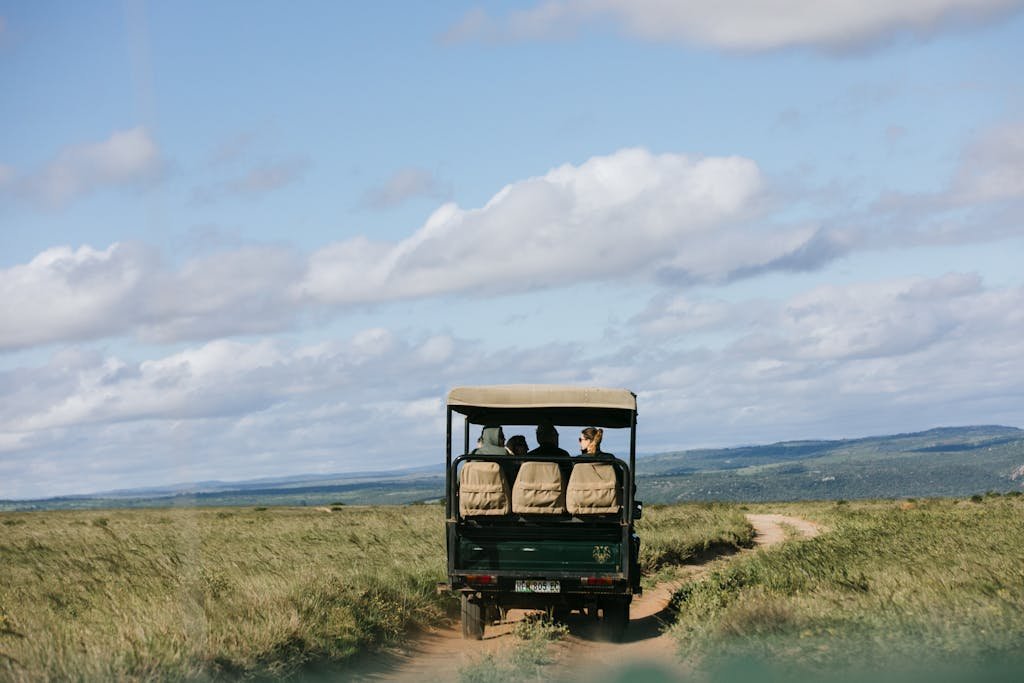Ngorongoro conservation area

Established in 1959, the Ngorongoro Conservation Area is one of Tanzania’s most important wildlife preservation sites, spanning approximately 8,292 square kilometers. Located in the northern region of the country, the area includes the world-famous Ngorongoro Crater, the largest intact caldera in the world. The geographical and ecological diversity of the Ngorongoro Conservation Area offers stunning landscapes and a rich variety of wildlife, making it a prime destination for safari enthusiasts and nature lovers.
The conservation area is part of the larger Serengeti ecosystem and plays a critical role in wildlife conservation and biodiversity. It was designated as a UNESCO World Heritage Site in 1979, underscoring its global importance. The area’s unique blend of highland plains, savannahs, woodlands, and forests supports a myriad of species, contributing to its reputation as a key wildlife sanctuary in East Africa.
Flora and Fauna
The Ngorongoro Conservation Area is renowned for its extraordinary biodiversity. The area’s varied habitats support a wide array of flora and fauna, including over 500 bird species, making it a hotspot for birdwatching. Among the notable species are the Kori bustard, the crowned crane, and the flamingo, which congregate in large numbers on the alkaline lakes.
In addition to its rich birdlife, the conservation area is home to significant populations of large mammals. The Ngorongoro Crater itself is famous for its high density of wildlife, including all of the Big Five: lions, elephants, leopards, rhinoceroses, and buffaloes. The crater also harbors wildebeests, zebras, hippos, and the critically endangered black rhinoceros, making it one of the most diverse and densely populated wildlife areas in the world.
The conservation area is also an important refuge for various species of primates, including baboons and vervet monkeys, which can be seen throughout the region. The diverse ecosystems within the Ngorongoro Conservation Area provide vital habitats for these species, ensuring their continued survival and contributing to the overall ecological balance of the region.
Activities and Attractions
The Ngorongoro Conservation Area offers a wide range of activities and attractions for visitors:
- Game Drives: One of the best ways to explore the area is through guided game drives. Early morning and late afternoon are the optimal times for game viewing, as animals are most active during these periods. Professional guides enhance the experience by sharing their knowledge about the wildlife and ecosystems.
- Crater Tours: A tour of the Ngorongoro Crater is a must-do activity. The crater’s floor is teeming with wildlife, offering exceptional game viewing opportunities. The tour typically includes stops at key viewpoints to admire the stunning landscape and take photographs.
- Walking Safaris: For those looking to explore on foot, guided walking safaris provide an immersive experience in the area’s diverse landscapes. These walks offer opportunities to spot smaller animals, interesting plant species, and a wealth of birdlife. Experienced guides ensure safety and provide valuable information, making the walks both educational and enjoyable.
- Cultural Visits: The Ngorongoro Conservation Area is home to the Maasai people, who have lived in harmony with the wildlife for centuries. Cultural visits to Maasai villages offer a unique opportunity to learn about their traditional way of life, customs, and their role in conservation efforts.
- Bird Watching: With over 500 bird species, the area is a paradise for birdwatchers. Notable spots include the alkaline lakes where flamingos gather, as well as various woodlands and grasslands that host diverse avian species.
- Olduvai Gorge: Often referred to as the “Cradle of Mankind,” Olduvai Gorge is one of the most important paleoanthropological sites in the world. Visitors can explore the gorge and learn about the significant archaeological discoveries that have been made here, offering a fascinating glimpse into human history.
Visitor Experience and Practical Information
To make the most of your visit to the Ngorongoro Conservation Area, consider the following practical tips and recommendations:
- Best Time to Visit: The ideal time to visit is during the dry seasons, from June to October and December to February. These periods offer the best wildlife viewing conditions, though the area is accessible year-round, with each season presenting unique experiences.
- Accommodation Options: The conservation area offers a range of accommodation options to suit different budgets and preferences. From luxury lodges and tented camps to budget-friendly campsites, there is something for every traveler. Popular options include Ngorongoro Crater Lodge, Rhino Lodge, and Simba Campsite. Booking in advance is advisable, especially during peak seasons.
- Packing Essentials: When visiting the Ngorongoro Conservation Area, it’s important to pack appropriately. Essentials include:
- Light, breathable clothing for daytime and warmer layers for early mornings and evenings.
- Comfortable walking shoes or boots for trekking and nature walks.
- A hat, sunglasses, and sunscreen to protect against the sun.
- Binoculars and a camera for wildlife viewing and photography.
- A reusable water bottle to stay hydrated during excursions.
- Health and Safety: Ensure you have the necessary vaccinations and medications before traveling to Tanzania. It’s recommended to carry insect repellent to protect against mosquito bites. Always follow the guidance of your guides, especially when it comes to interacting with wildlife. Staying within designated areas and respecting park rules is crucial for your safety and the protection of the animals.
- Cultural Etiquette: When visiting Maasai villages, be respectful of their customs and traditions. Ask for permission before taking photographs and engage with the community in a culturally sensitive manner.
By following these practical tips and recommendations, you can ensure a memorable and enriching visit to the Ngorongoro Conservation Area. Whether you’re embarking on thrilling game drives, exploring the crater, or participating in cultural visits, there are countless opportunities to connect with nature and experience the beauty of Tanzania’s remarkable landscape.
